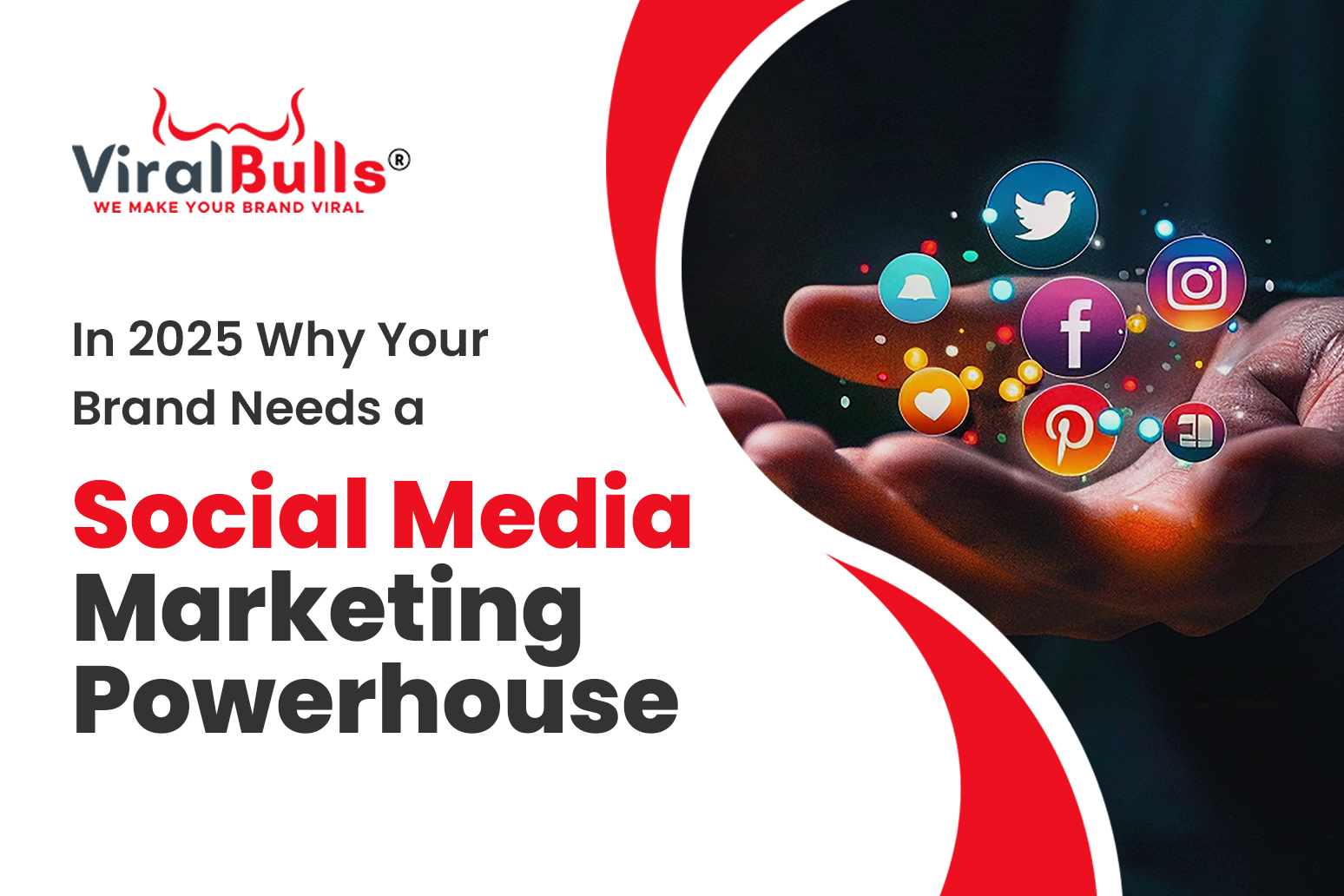Introduction:
In the world of business, generating leads is just the beginning of the journey toward success. It’s what happens after you’ve generated those leads that can determine whether your business will thrive or merely survive. Unfortunately, many business owners are missing tons of opportunities today because they lack the right tools and systems to manage leads effectively. One solution to this problem is an automated lead management system, which can help you streamline your lead management process and improve your overall conversion rates.
Where business owners are missing tons of opportunities today?
When it comes to lead management, business owners are often missing out on opportunities in several ways. First, they may not have a centralized system for managing their leads. Instead, they may rely on spreadsheets, post-it notes, or memory to keep track of potential customers. This can lead to lost leads, missed follow-ups, and a general lack of organization.
Second, business owners may not be communicating with their leads effectively. They may rely solely on email or phone calls, neglecting other channels that could be more effective. This could include SMS, social media, or even chatbots. By limiting themselves to one or two channels, they may be missing out on opportunities to engage with potential customers where they spend their time.
Finally, business owners may not be tracking and analyzing their lead data effectively. Without insights into how their leads are interacting with their brand, they may not be able to optimize their marketing efforts or improve their overall conversion rates.
The holy grail of lead communication today:
The holy grail of lead communication today is unified communication. This means that businesses are communicating with their leads across multiple channels, and those channels are integrated into a centralized system. Unified communication allows businesses to engage with their leads where they are, rather than forcing them to communicate in a specific way.
For example, imagine that you generate a lead from a Facebook ad. Rather than sending that lead an email, you could send them an SMS message that directs them to your website. From there, you could engage with them via live chat or social media. By providing a seamless experience across multiple channels, you’re more likely to keep that lead engaged and move them further down the funnel.
How SMS is one of the drivers of change:
One of the key drivers of change in lead management today is SMS. Text messaging has become a ubiquitous form of communication, with over 6 billion SMS messages sent every day in the US alone. SMS is also an incredibly effective channel for engaging with leads, with open rates as high as 98%.
By integrating SMS into your lead management system, you can reach your leads where they are and engage with them in a way that’s convenient for them. For example, you could send automated text messages to leads that haven’t responded to an email, reminding them of an upcoming promotion or event. You could also use SMS to send appointment reminders or to follow up after purchase.
How can Small Businesses apply unified communication?
Small businesses can apply unified communication in several ways. First, they can invest in a centralized lead management system that integrates multiple communication channels. This could be a CRM system that includes email, SMS, social media, and live chat.
Second, small businesses can leverage automation to streamline their lead management process. By automating routine tasks like sending follow-up emails or appointment reminders, they can free up time to focus on higher-value activities like engaging with leads in a more personalized way.
Finally, small businesses can use data analytics to optimize their lead management efforts. By tracking how leads are interacting with their brand across multiple channels, they can identify which channels are most effective and which leads are most likely to convert. This can help them make better decisions about where to focus their marketing efforts and how to allocate their resources.
Reviews:
Many businesses that have implemented automated lead management systems have seen significant improvements in their conversion rates and overall sales. For example, a software company that implemented a unified communication system saw a 30% increase in sales within the first six months. By integrating SMS and other channels into their lead management process, they were able to engage with leads in a more personalized way and move them through the funnel more quickly.
Another business, a B2B marketing agency, saw a 40% increase in lead conversion rates after implementing an automated lead management system. By leveraging automation to send personalized follow-up messages and appointment reminders, they were able to keep their leads engaged and move them towards a sale more efficiently.
Overall, the benefits of implementing an automated lead management system are clear. By centralizing your lead data and integrating multiple communication channels, you can engage with your leads where they are and move them through the funnel more efficiently. You can also free up time to focus on higher-value activities, like engaging with leads in a more personalized way and analyzing your lead data to optimize your marketing efforts.
Conclusion:
In today’s fast-paced business environment, generating leads is just the beginning of the journey towards success. To convert those leads into sales, businesses need to have the right tools and systems in place to manage them effectively. Automated lead management systems can help businesses streamline their lead management process, improve their conversion rates, and ultimately drive more sales.
By centralizing your lead data, integrating multiple communication channels, and leveraging automation and data analytics, you can engage with your leads in a more personalized way and move them towards a sale more efficiently. Whether you’re a small business or a large enterprise, implementing an automated lead management system can help you stay competitive in today’s marketplace and achieve your business goals.






